15 things I wish I’d known before buying an EV
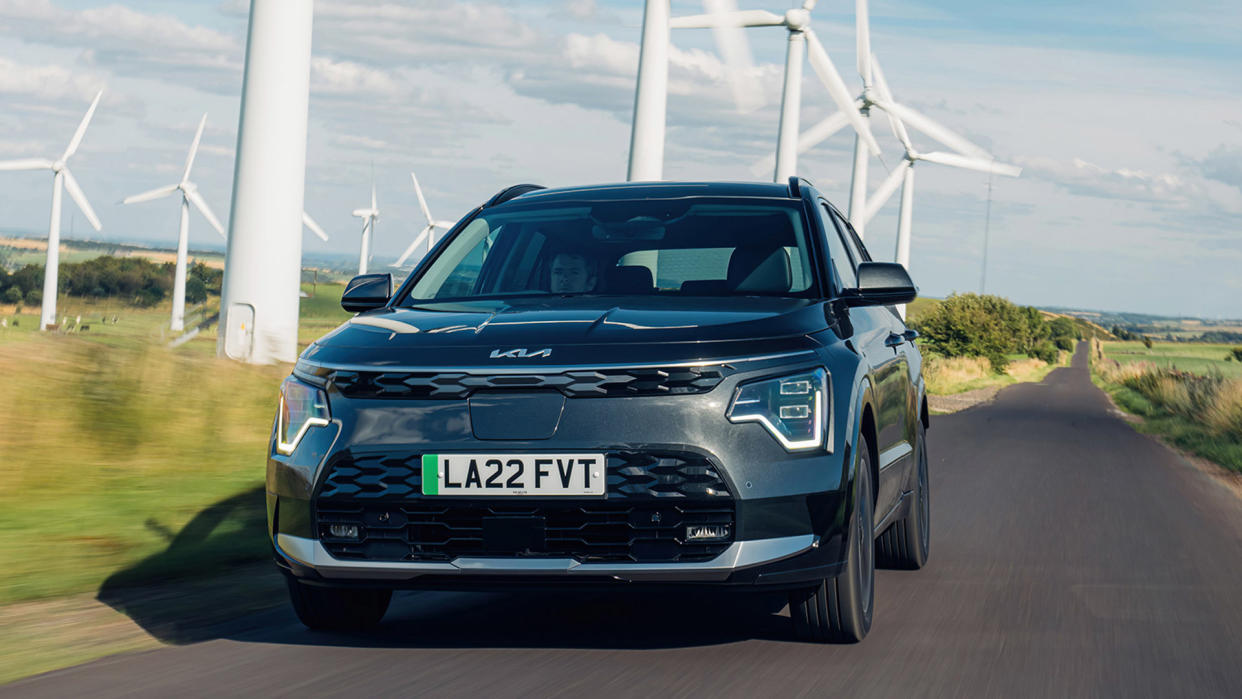
The age of the electric car is upon us. Sales of new EVs grew by 32% worldwide in the first quarter of 2023 and in the US they jumped by 55% last year. So if you're thinking of making the switch from a gasoline-powered car, you're not alone.
You may well have questions, though – because switching to an EV can be scary. For instance, you may worry about how far you can go on a charge, or whether there will be enough places to juice up. Maybe you're concerned that the driving experience will be too different, or you're confused by all the jargon.
I get it – in fact, I've been through the same process myself. In late May I bought my first EV, having wanted to make the switch for a couple of years. And honestly, there was a lot to adjust to. But now, just over 1,000 miles in, I'm ready to share my experience and hopefully help others make the same transition.
So, here's what I've learned from my first month with an EV - good and bad.
1. You don't need to worry about range
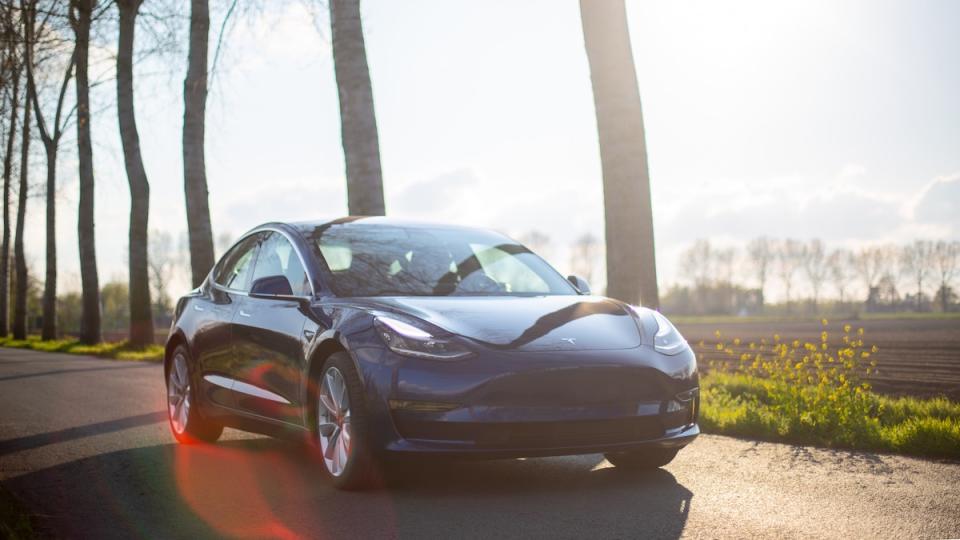
I may never say this again, but Elon Musk was right.
The Tesla boss once declared that EVs didn't need a range of more than 400 miles because people didn't drive that far without stopping. And it's true; if you're doing a journey of more than a couple of hours, you'll always benefit from a short break - so recharging your EV at the same time is hardly a big deal.
In the early days of EVs, range anxiety was entirely justified. The likes of the original Nissan Leaf and Mercedes B-Class could only go for around 100 miles between charges and charging stations were few and far between. That was fine if you mainly drove around town and had a charger at home, but not much help on long road trips.
However, things are changing. My car (a 2021 Kia e-Niro) has an official range of 282 miles and new(ish) models such as the Hyundai Ionic 5, Kia EV6 and BMW i5 are all around the 300-mile mark. The Tesla Model S is good for 405 miles. And incredibly, the Lucid Air can go for between 410 and 515 miles, depending on which model you buy.
Most new EV models are good for at least 250 miles without stopping, and that's plenty. I've made several long journeys in my e-Niro and each time my body's battery has run out before that of my EV. There's really no need to stress about range.
2. You will worry about range
The thing with range anxiety is that it's a fear - and fear doesn't care about logic. So, despite having just written 200 words about why there's nothing to worry about, I will still be anxious when I next set off on a 200-mile journey.
There's no avoiding it: switching to an EV involves a certain amount of trust. Trust that your car's range estimate (known as the 'guess-o-meter') is accurate; trust that you will make it to the next charging point; trust that there will be a working charger available when you get there.
I've been pretty lucky so far. My Kia's range is pretty good, and its guess-o-meter (GoM) is usually spot on. But it's still a different world from my internal combustion engine (ICE) car, which could go 400 miles on a single tank and be topped up in seconds at any gas station.
A road trip in an EV, therefore, requires more planning than heading out in a gas guzzler, and I live in fear that I'll inadvertently drop so low on juice that I trigger the dreaded 'turtle mode' - where the EV reduces its speed and shuts down features such as air conditioning so you can (hopefully) limp along to a charging point.
None of this is insurmountable; you just need to think a little more about it than you do in an ICE vehicle. After all, you wouldn't head out for the evening with just 20% phone battery, either.
3. EVs are so much fun to drive
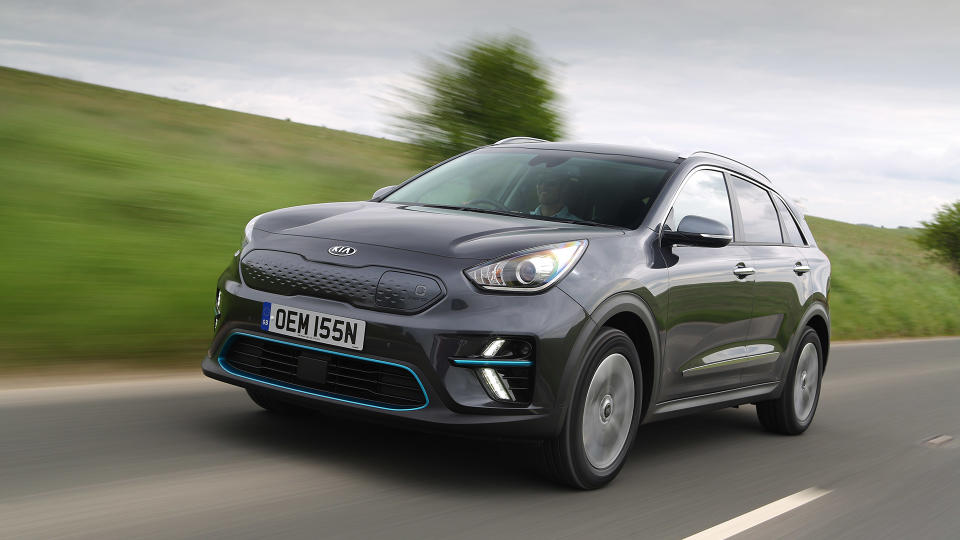
Seriously - I've not had this much joy in a car since… no, I'm not going there.
Anyway, I'm not a car guy, but I'm becoming one since buying an EV. It's partly to do with the acceleration - EVs have instant torque, which means they fly off the line, leaving everything from luxury sedans to hot hatches trailing in their wake at traffic lights. And no, I'm not the kind of person who drives dangerously fast (strictly within the speed limit, your honor), but it's hard not to crack a grin when putting your foot down produces the kind of whoooosh you usually only experience as a plane takes off.
Acceleration apart, EVs are also smooth as butter to drive, at least compared to the stick-shift ICE vehicles I've previously piloted. No having to match your revs to the gear, no danger of stalling, no need to think about anything, really, other than how fast you're going and in which direction you're pointing.
4. Range is relative
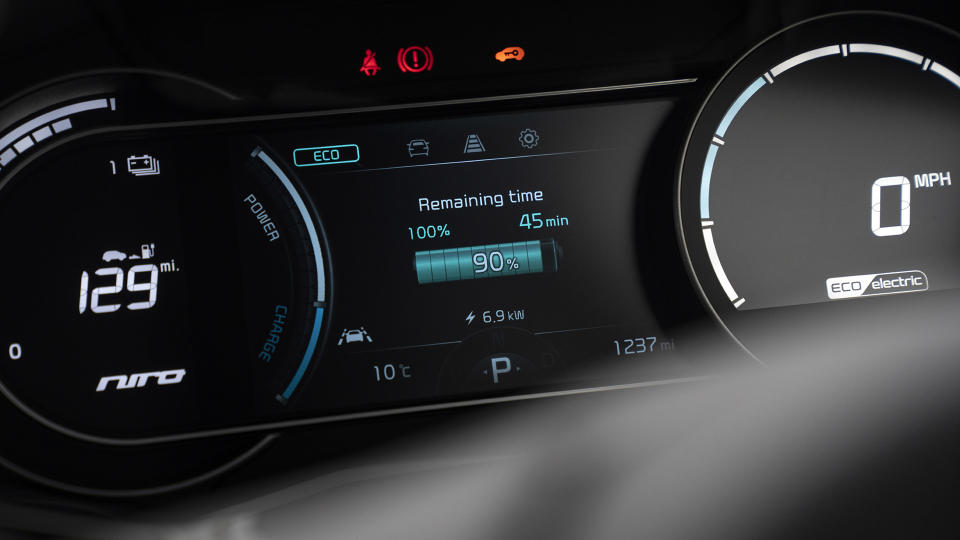
I had no idea before buying an EV that range is only ever an estimate - I just assumed that you had 250 miles or whatever and that was it. Yeah, I'm not a car guy.
In reality, there are multiple factors that affect how far your battery will take you. One is the weather - cold conditions have a negative effect on batteries and that usually equals reduced range. Another is air-conditioning or heating, which can reduce the range by 20-30 miles on a long trip, unless your EV has a heat pump. Choosing between staying cool or running out of juice is no fun, but it's a decision EV owners may need to make. In fact, a couple of weeks ago I did a 150-mile drive with the windows open rather than the air conditioning on, in order to maximize my range.
How you drive also makes a difference. If you shoot along the freeway at 70mph, for instance, your range will drop more quickly than it will at 50mph. That's because all EV batteries have a sweet spot in terms of efficiency, most likely around 55mph.
Plus, it's called a guess-o-meter for a reason. On my e-Niro, for instance, my driving style on previous journeys affects the range estimate, because the car bases its reading on what it thinks I'll get from the battery. If my previous 10 journeys were all spent haring along at top speed in Sport mode, the estimate next time I charge to full will be less than if my driving had all been around town in Eco mode.
And then there's regenerative braking, arguably my favorite thing about EVs so far…
5. You can actually regain charge as you drive
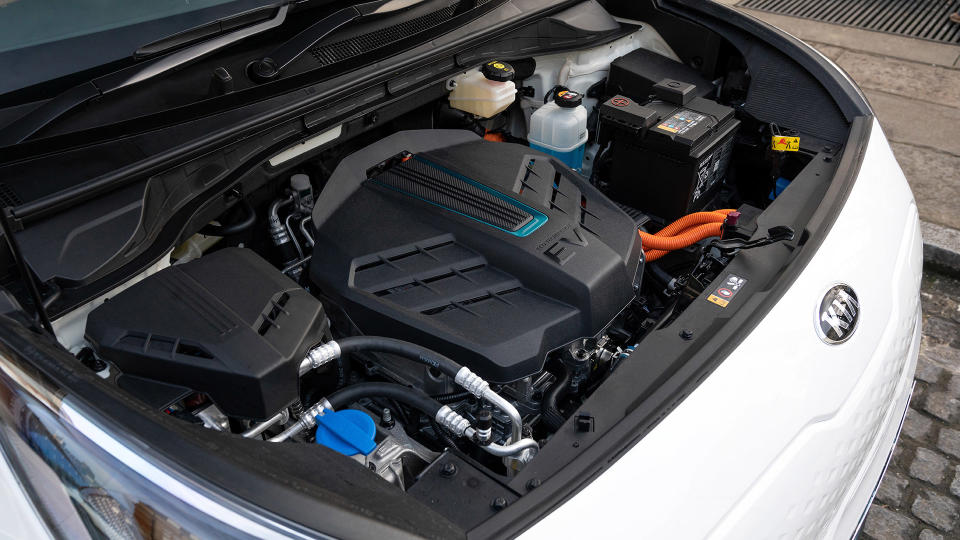
All EVs (and hybrids) have regenerative braking, another feature that I was only sort of aware of before buying one.
Here's how it works: when you're accelerating in an electric vehicle, the battery drives the motor, which in turn moves the wheels and propels you forward. So far, so obvious. But an EV can also reverse the motor, which not only reduces your speed but also pumps energy back into the battery.
With standard mechanical braking, the slowing-down work is done by a physical pad or disk, with most of the kinetic energy produced lost as heat. Here, it's done by the motor and at least some of that energy is reclaimed.
Sounds like magic, right? But it's real. Drive an EV down a really long hill and at the bottom you might have more range than when you started! Best of all, you don't need to do anything complicated to use it - simply take your foot off the accelerator and regen will kick in as if you'd pressed the brake pedal.
It's immensely satisfying to use; seeing your range stay virtually unchanged for several miles, or even tick up, feels like you're beating the system. It almost becomes a game: "My car thinks I can only go 102 miles, right? Well, we'll see about that!" And of course, you're also aware that every extra mile saved is a real cash saving, too. It's incredibly addictive.
6. You can drive an EV with just one pedal
One-pedal-driving is another feature made possible by regenerative braking. I'd heard of it before buying an EV, but I didn't really understand it until I tried it - and I certainly didn't appreciate how awesome it is.
Essentially, it's about using your accelerator to both speed up and slow down. Foot down = go faster, foot up = brake. This is also true, to an extent, in an ICE car; if you take your foot off the gas pedal, you will naturally slow. But you won't lose speed very quickly in a gas-powered vehicle, whereas in an EV you can even bring the car to a complete stop this way.
You'll still need the brake pedal occasionally, of course; if the car ahead of you screeches to a halt, your foot will need to jump into action, because one-pedal driving won't bring you to an instant stop. But it definitely reduces the number of times you need the mechanical brakes, which both makes driving super smooth and also reduces wear; those brake pads won't need replacing if you hardly ever use them.
Different EVs handle this in different ways. Some allow you to set a specific level for how aggressively your EV brakes, with one-pedal-mode being the most extreme. Some have a standalone button for it. Some don't do it all. But once you've tried it, you'll never go back.
7. Charging is confusing at first
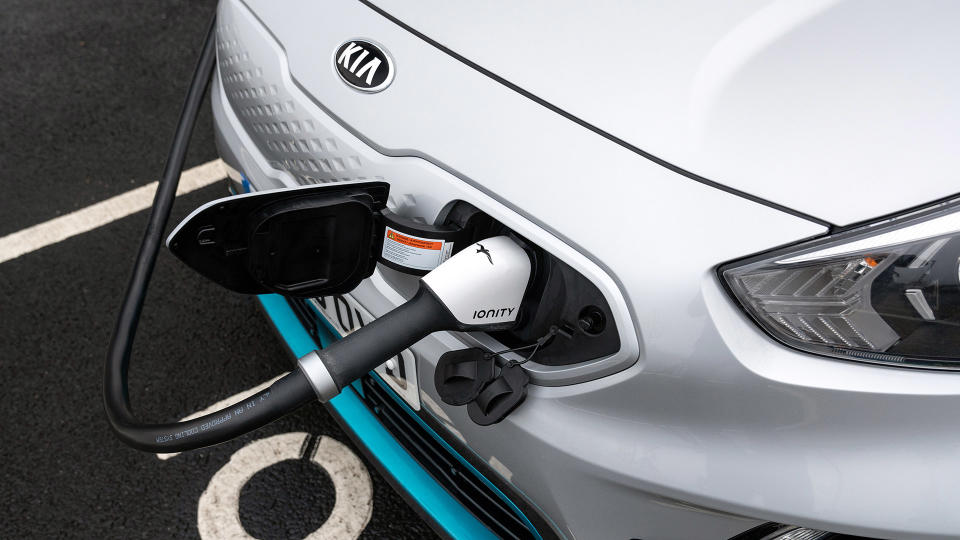
I've only had an EV for around a month, but I've already found myself giving people charging advice at public stations around the UK. Which cable do they use? How do they start the process? Do they need an app? And so on and on and on.
That's fine - I'm a technically minded person who did a lot of research before (and after) buying my EV. And I like acting like a know-it-all giving advice. But it confirms my hunch that EV manufacturers need to make the whole charging thing easier.
It's partly down to all the terminology: there's AC charging and DC charging and home charging and public charging and rapid charging and supercharging and (deep breath) CCS and Type 1 and Type 2 and NACS and CHAdeMO… it's no wonder people are confused.
You'll want to do your research before you head out, then - because turning up at a public charging station and not knowing which cable to use can be embarrassing. Our guide to the various EV charging connector types is a good place to start.
8. Charging can be quicker than you think
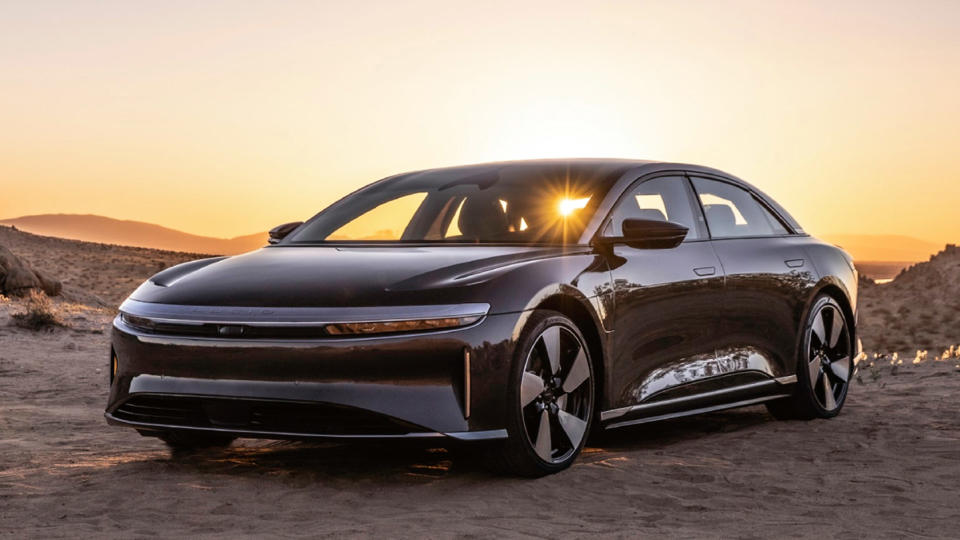
One reason why I've found range to be less of an issue than I thought is that charging doesn't have to take a long time.
Before I bought my e-Niro, I saw the quoted charge times and steeled myself for some lengthy delays: it takes a leisurely 54 minutes to top it up to 80%, even on the fastest chargers.
But in reality, you won't often drop down to near 0% and you won't often need to go up to 80%. On my most recent trip, I stopped twice for about 20 minutes each time and added around 100 miles in total. That was more than enough to get me home and the 20-minute break was ideal for me to freshen up and grab a snack.
What's more, new EVs are making huge strides in terms of charging speed; the Kia EV6, for instance, can theoretically go from 10-80% (enough for about 220 miles) in 18 minutes, when using a superfast 350kW charger. The Lucid Air can supposedly do the same in 15.
Charging may never be quite as quick as filling up with gas, but it won't be long before the difference is small enough that it's an acceptable compromise, given all the other benefits of an EV.
9. Charging can be slower than you think
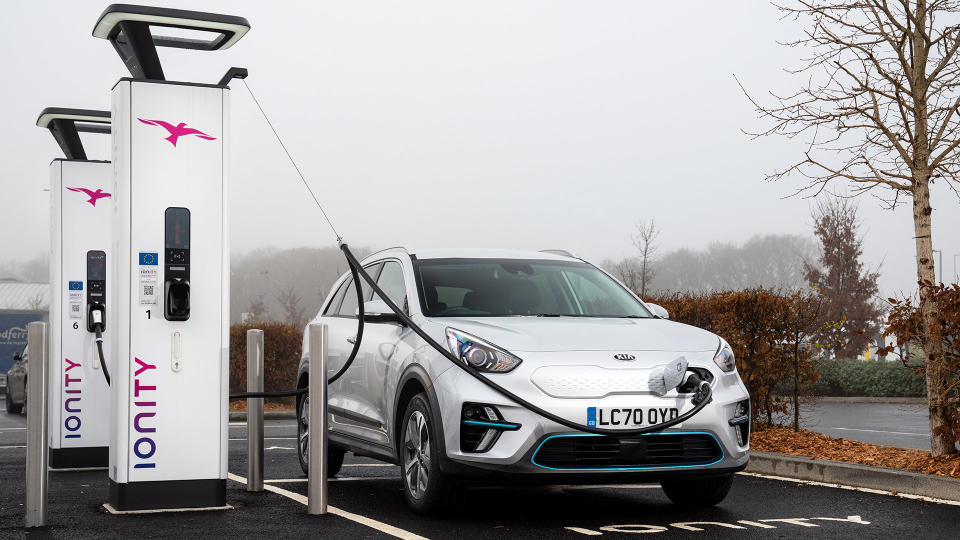
Just as your range is affected by multiple factors, so too is charging speed. Batteries are delicate things (compared to internal combustion engines) and won't perform properly if things are not just so.
Temperature, again, is a potential problem: if you charge on a cold morning it will take longer to add the miles than on a mild afternoon. You'll also find that charging slows down massively when you go past 80%. This is something that many people will notice on a phone, too - they'll shoot up to 50% rapidly, charge to 80% a bit more slowly, then drag their heels getting to full.
Public chargers can also have a big impact on juicing up speed. For starters, you also have to contend with other people using them at the same time; many chargers have two connectors, and if both are in use then the charge rate will probably be lower. Even if you're the only one using a charger, it may not charge at its maximum rate if dozens of others are charging at the same facility and the transformer simply can't handle the load.
The figures quoted by manufacturers have been arrived at in controlled conditions and should only ever be taken as a guide. In the real world, you may have a longer wait before you're on the move again.
10. Public charging can be a nightmare
You know how sometimes you go to a gas station and one of the pumps is out of service? Well, that happens to EV chargers too. But whereas there's always another gas station a few miles down the road, that's not always the case with charge points.
Even in my short time with an EV, I've already twice pulled up at a charger to find that it's not working. And on one other occasion, I arrived at a three-bay charge point to find that all three were in use and that another three cars were already waiting in line. A 20-minute break can be a good thing, but a 60 to 90-minute wait, when you don't need one, is just frustrating.
Things will hopefully get better on this front as more people change to EVs, but at the moment it's all a bit hit-and-miss.
11. There are not enough public chargers
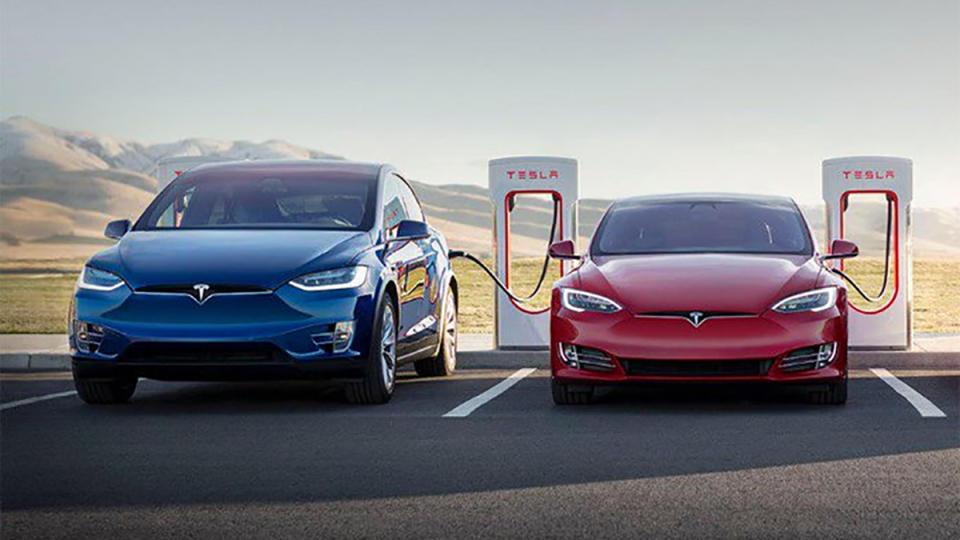
How much of a problem this is will depend on where you live and what you drive - and really, that's the issue. Gas stations are everywhere and every ICE car can use them, whereas not all EV charging stations work with all cars and they're not evenly spread across the world.
Tesla drivers have it easy here; the Supercharger network is rightly the envy of all other EV owners because it's widespread and 'just works' in an Apple kind of way. You plug in, you grab a coffee, you charge up and you go. Other EVs… not so much.
In the US, Tesla has 19,000 fast chargers, compared to just 15,000 for all other EVs combined. That's a big difference. In the UK, dedicated EV charge stations are gradually appearing, but often you're limited to a couple of bays at a service station – while Tesla regularly has a dozen at the same facility.
Things are (slowly) getting better. Tesla is gradually opening up its chargers to other brands in Europe and the US, and several manufacturers (including Ford, GM, and Rivian) have now announced that they will adopt Tesla's NACS connector, meaning they'll be able to take advantage without an adapter.
We've been through the worst of it, but it remains an issue for EV adoption.
12. A home charge point makes everything easier
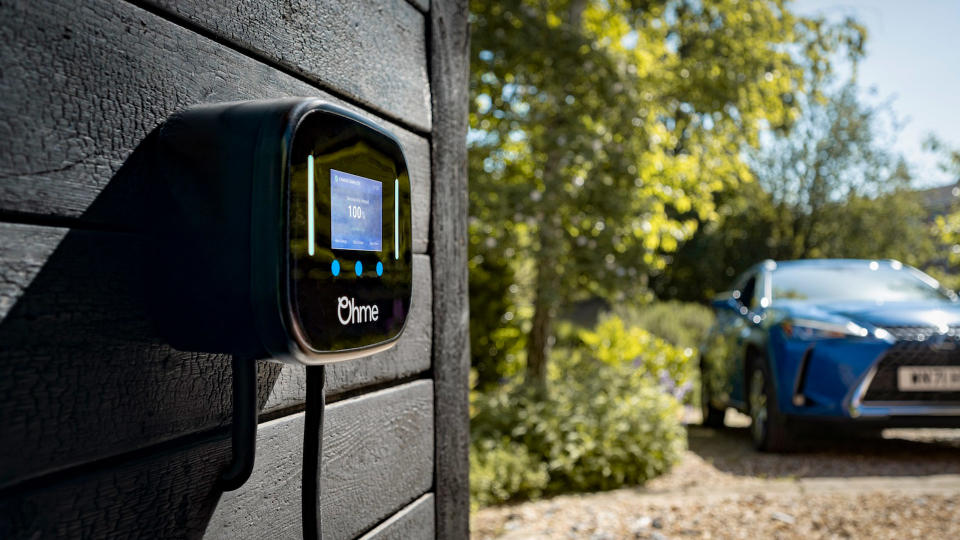
Not everyone can have a home charger installed - if you live in an apartment or rent, for instance, it may not be an option. But if you can get one, you should.
My own range anxiety has been eased to no end by having a charger installed at home. Most of my journeys are within 100 miles of my house, so I very rarely need to worry about where charge stations are and whether they'll be free (and working). I simply plug in a couple of times a week and juice up my EV overnight. In fact, I've driven around 1,000 miles since buying the EV a month ago and have only charged away from home six times.
13. An EV can save you money
Right now, EVs are generally more expensive than their non-electric cousins, though the gap is gradually shrinking. But once you have one, you'll almost certainly save money.
Away from home, prices are usually cheaper than gas or diesel – although a lot depends on the current wholesale costs of electricity and oil. Charging prices also vary depending on what you drive, which station you use, how fast it is, and so on.
But if you charge at home, it will always be cheaper. In my case, I pay around 17p per Kwh - which works out at about 4p per mile. And once I switch to a different electricity tariff (which I'm in the process of doing), I'll cut that by another 50% at least. I've calculated that this year I'll save at least £1,000 by charging up, rather than filling up - and that's a saving I'll get every year from now on.
It's also worth factoring in maintenance costs, which are generally a lot lower than in non-electric vehicles, due to the lack of moving parts compared to a gas engine.
14. Smart assist beats autopilot
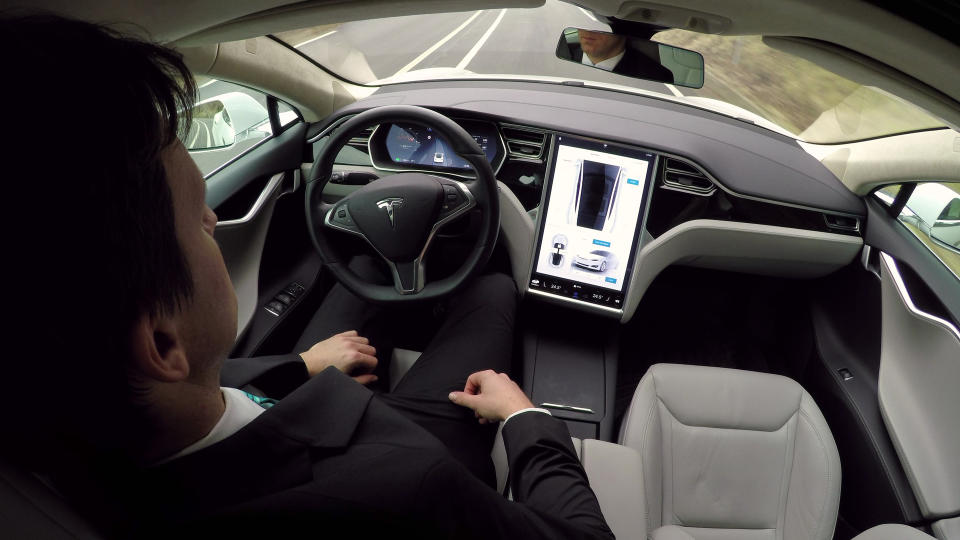
My e-Niro isn't anywhere near as smart as a Tesla Model X or Audi Q8 e-Tron, not least because I could only afford the lowest-spec version. But it still has quite a few driver aids, including Lane Keep Warning (beeps if you stray outside a lane), Lane Keep Assist (steers you back between lanes if you stray too far), Lane Follow Assist (does the steering for you), Smart Cruise Control (maintains your speed and distance to the vehicle in front) and Collision Assist Warning (brakes if you're about to hit something).
With Smart Cruise Control and Lane Follow Assist on, it's not far off full autopilot; my car will adjust speed and direction to stay away from other vehicles and within the lane. But that only works properly on a major road without too many bends and with a steady speed limit. And even then, I'd rather take more control. It's far too easy to lose concentration if you hand over too many of the driving duties to your car - and they're not infallible yet.
15. Once you switch, you won't go back
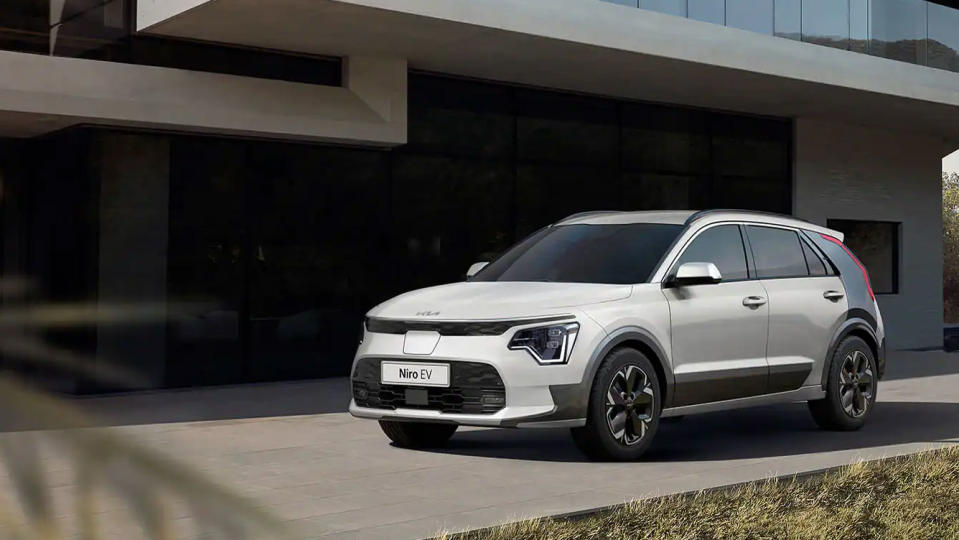
I'd wanted to make the move to electric for several years, but couldn't afford it. I was also worried about some of the issues discussed above: charging and range, primarily. But now that I've made the switch, I'm a true convert. I can say, without any doubt whatsoever, that I will now drive EVs for the rest of my life.
Some of my excitement about buying an EV is less about this car and more about my last one, which was a 2010 family MPV in which the sole nod to technology was a single 3mm audio socket. It didn't even have digital radio. If I'd been driving a relatively new gas vehicle, maybe I'd be less besotted with my EV.
But that's only a very small part of it. EVs are just a lot more fun to drive, cheaper, and require less servicing.
And of course, there's the environmental side of it. EVs aren't entirely green - a lot of rare earth metal goes into producing that battery - but research has found that over its lifetime an EV will produce far fewer greenhouse gas emissions than a gasoline car.
If you buy used, as I did, some of those emissions have already been offset - a 2019 Reuters study stated that the break-even point is roughly 15-20,000 miles. I bought my e-Niro with 30,000 miles on the clock, so theoretically every mile I drive is truly green. Of course, it also depends on how the electricity you use is generated, which is why my tariff is solely from renewable energy. It's as close to guilt-free driving as I'll probably ever get.

